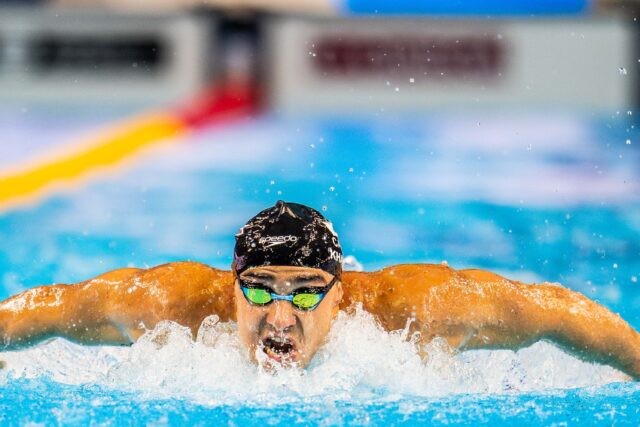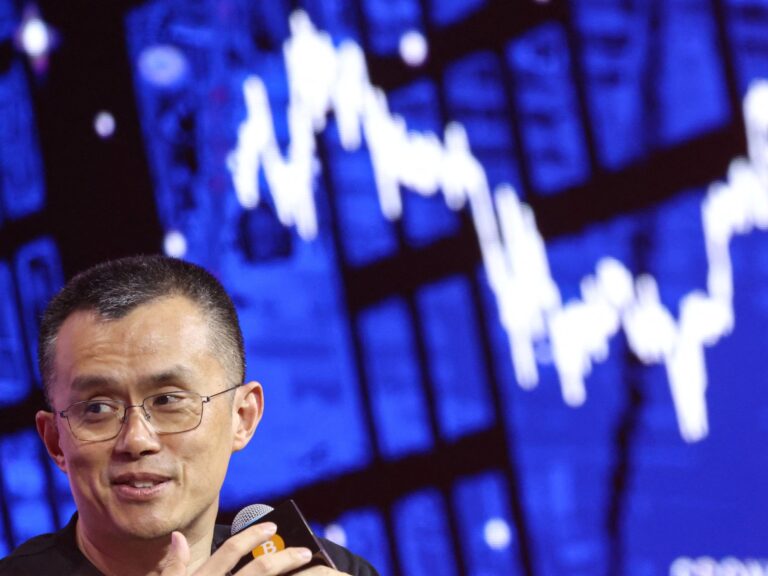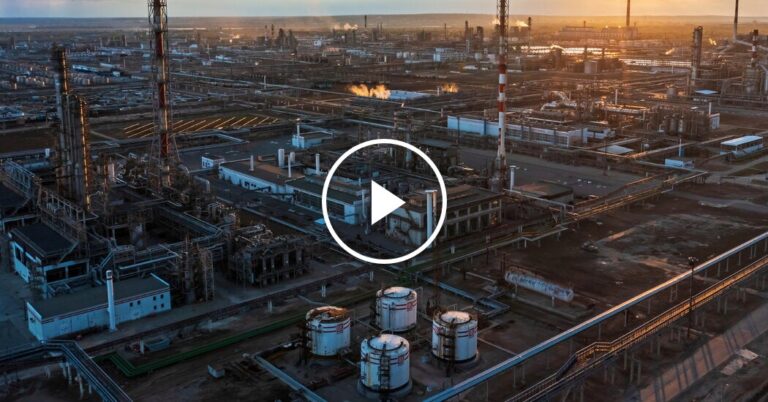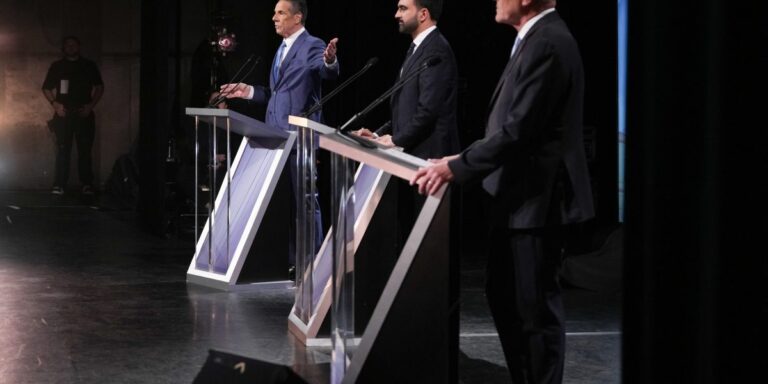 Getty Images
Getty ImagesUS authorities announced several high-profile arrests on Thursday, including of a star player and a coach in the National Basketball Association (NBA), for alleged illegal sports betting.
Among those in custody are Portland Trail Blazers coach Chauncey Billups and Miami Heat player Terry Rozier, both of whom were reportedly arrested after their teams’ games on Wednesday.
The arrests are part of a sweeping investigation into illegal gambling that produced two indictments, the FBI said — one into players who are allegedly faking injuries to influence betting odds, and another involving an illegal poker ring tied to organised crime.
Here is what we know about the cases.
What are the allegations?
FBI Director Kash Patel described the allegations to reporters as “mind-boggling”.
They include indictments in two major cases, officials said, both involving fraud.
The first case is called “operation nothing but bet,” in which players and associates allegedly used insider information to manipulate wagers on major sports betting platforms.
In some cases, players altered their performance or took themselves out of games to ensure those bets were paid out, according to New York City police commissioner Jessica Tisch. Those bets amounted to tens of thousands of dollars in profits.
The second case is more complex in nature, officials said, and involved four of the five major crime families in New York as well as professional athletes.
The accused in that case are alleged to have participated in a scheme to rig illegal poker games and steal millions of dollars.
They did so using “very sophisticated” technology including off-the-shelf shuffling machines, special contact lenses and eye glasses to read pre-marked cards, according to authorities. They also used an X-ray table that could read cards that were face down.
The victims were allegedly lured to play in these games with former professional athletes, who acted as “face cards” in the scheme. The victims were unaware that everyone, including the dealer and the other players, were in on the scam.
Authorities said they began probing these poker games in 2019, spanning multiple locations including the Hamptons, Las Vegas, Miami and Manhattan.
The accused allegedly laundered profits via bank wires and crypto currencies.
They are also alleged to have committed acts of violence, including a robbery at gunpoint and extortion against victims.
Both schemes amounted to tens of millions of dollars in theft and robbery across several years and 11 states, authorities said.
Which players have been arrested?
All in all, authorities say 34 defendants were indicted on charges related to the two fraud cases.
Six were charged in the first case of players allegedly faking injuries to influence betting odds, including Miami Heat player Rozier.
New York police commissioner Jessica Tisch said that in March 2023, Rozier, then playing for the Charlotte Hornets, allegedly let others close to him know that he planned to leave a game early with a supposed injury.
Members of the group then used that information to place fraudulent bets and cash out big, she said.
Commissioner Tisch said on Thursday after Rozier’s arrest that his “career is already benched, not for injury but for integrity”.
Former NBA player Damon Jones was also arrested. He is said to have been involved in two games that were allegedly part of the scheme, when the Los Angeles Lakers met the Milwaukee Bucks in February 2023, and a January 2024 game between the Lakers and Oklahoma City Thunder.
Authorities identified a total of seven NBA games between February 2023 and March 2024 that were part of the case:
- 9 February, 2023 – Los Angeles Lakers v Milwaukee Bucks
- 23 March, 2023 – Charlotte Hornets v New Orleans Pelicans
- 24 March, 2023 – Portland Trail Blazers v Chicago Bulls
- 6 April, 2023 – Orlando Magic v Cleveland Cavaliers
- 15 January, 2024 – Los Angeles Lakers v Oklahoma City Thunder
- 26 January, 2024 – Toronto Raptors v Los Angeles Clippers
- 20 March, 2024 – Toronto Raptors v Sacramento Kings
The second case related to illegal poker games involved a total of 31 defendants, including Portland Trail Blazers coach Billups, who was inducted into the basketball Hall of Fame last year.
Authorities said three of the accused were charged in both cases.
Thirteen members and associates of the Bonanno, Genovese and Gambino crime families in New York were also indicted in the illegal poker case.
The charges include robbery, extortion, wire fraud, bank fraud and illegal gambling.
The defendants have been arrested and are due to appear in court later on Thursday, authorities said. They are expected to be arraigned in a Brooklyn, New York, court at a later date.
What has the NBA said about the allegations?
In a statement on Thursday, the NBA said it is in the process of reviewing the federal indictments that were announced and that it is co-operating with authorities.
The league added that Rozier and Billups are being placed “on immediate leave” from their teams.
“We take these allegations with the utmost seriousness, and the integrity of our game remains our top priority,” the statement said.
Who are New York’s notorious ‘Five Families’?
Authorities said the alleged scheme involved four of the five well-known crime families of New York.
The Five Families – the Bonanno, Colombo, Gambino, Genovese and Lucchese – have ruled the city’s Italian American mafia since 1931.
Major mob takedowns reduced the prevalence of mafia activity in the 1990s, aided by the Racketeer Influenced and Corrupt Organizations (RICO) Act and then-New York mayor Rudy Giuliani.
But, as Thursday’s indictments show, the mafia has not entirely gone away.
The Five Families are part of the larger American-Sicilian mafia operation known as La Cosa Nostra, which translates to “this thing of ours”, and the members often work closely with their counterparts in Sicily.
On the Italian side, the gangsters consider New York City to be a “gym” where their members go to be toughened up, criminology professor and modern organised crime expert Anna Sergi, previously told BBC.
















